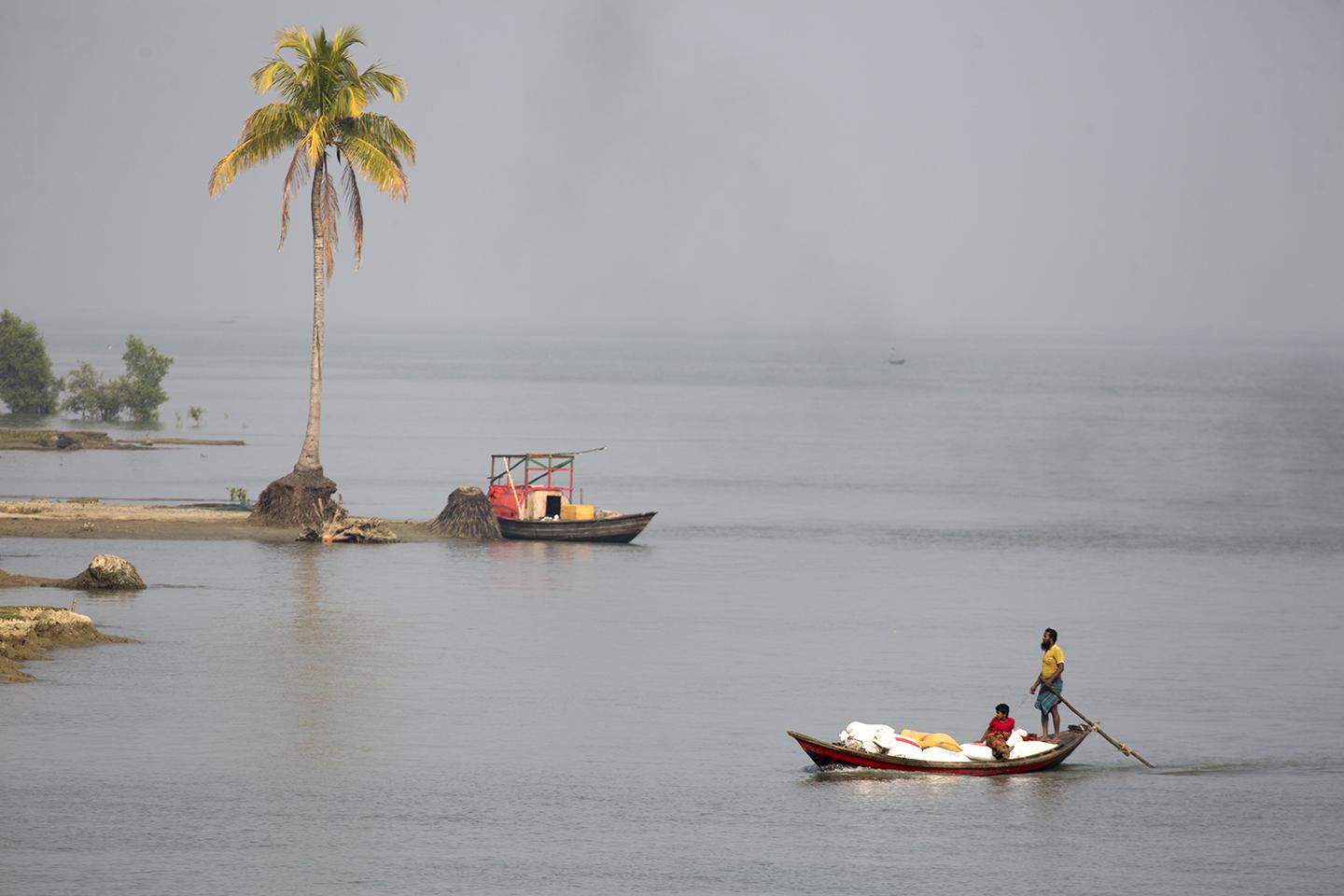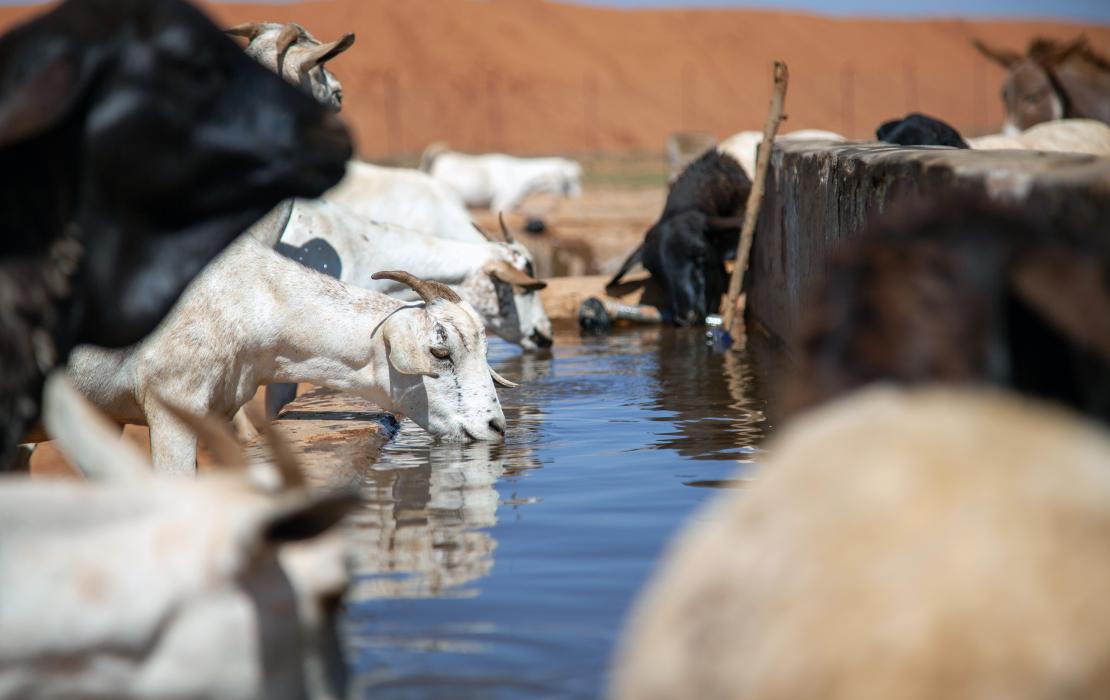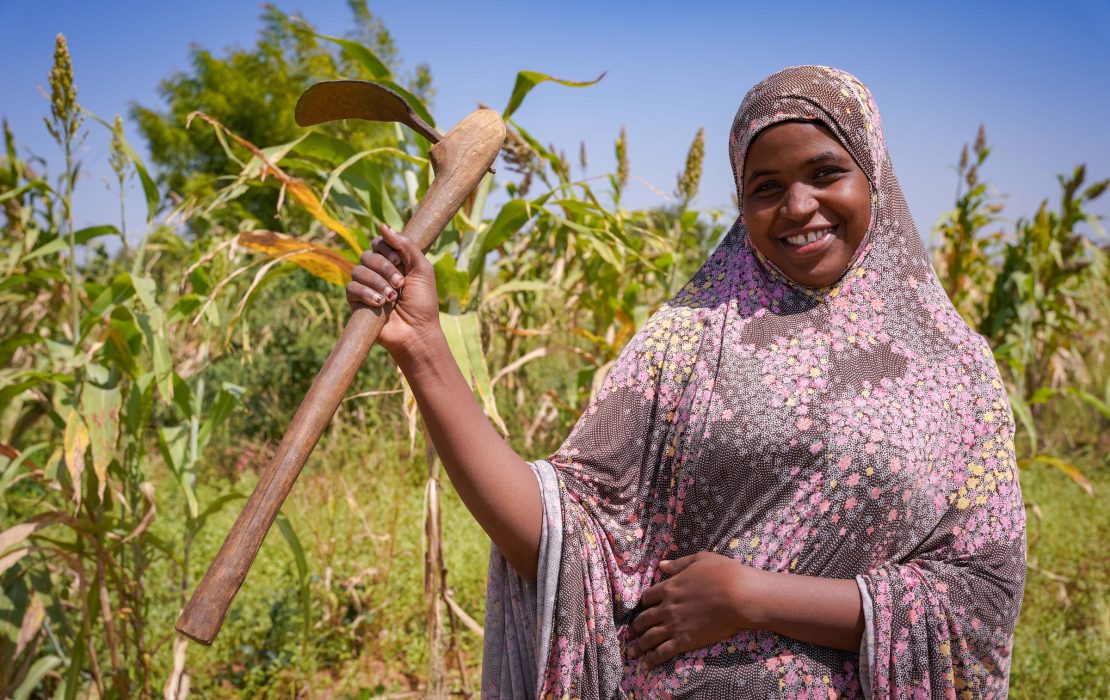
Photo: Emdadul Islam Bitu / UNDP Bangladesh
Despite their limited means, many of the world’s poorest countries are leading the way in cutting emissions and taking bold action on adaptation. The rest of the world must step up support for LDCs – and follow their example
Climate change is a global crisis that transcends borders, affecting nations regardless of their economic size. However, the impacts of climate change are particularly acute for least developed countries (LDCs) – a group of 46 low-income countries that are highly vulnerable to economic and environmental shocks.
Further impacting their ability to tackle climate change, almost two-thirds of LDCs and low-income countries are either in or at high risk of debt distress. Some of them are facing economic crises and all of them are facing fiscal constraints.
Specific climate challenges facing LDCs
There are several major challenges that limit the ability of LDCs to respond to the impacts of the climate crisis.
1. High levels of climate vulnerability
Despite only accounting for 3.3% of global greenhouse gas emissions, LDCs face some of the greatest impacts from climate change shocks. Due to their unique circumstances, these countries face immense challenges to prevent, mitigate, and recover from these shocks. In fact, more than two-thirds of deaths caused by climate-related disasters worldwide have occurred in LDCs.
2. Lack of access to public and private finance
More than a decade ago, high-income and high-emitting countries committed to provide USD 100 billion every year by 2020 to fund climate action in lower-income countries. However, this pledge remains unmet.
Most climate finance needs in LDCs are related to climate change adaptation. However, 90 percent of climate finance currently goes to mitigation actions, despite the proven returns and strong economic rationale to invest in adaptation. The adaptation finance gap in developing countries is likely five to ten times greater than current international finance flows, and continues to widen.
LDCs are burdened with immense need for finance while having the least access to private funds. Private investors may see LDCs as too risky or too small and, as a result, LDCs draw fewer investors. For example, only 2 percent of private investments in clean energy over the past 30 years have been in African countries, despite the potential the continent carries for powering the world with clean energy. Such blind spots become a huge lost opportunity for LDCs and the world.
3. An international financial system that isn’t fit-for-purpose
Due to their circumstances, LDCs are hugely dependent on official development assistance and public funds. There needs to be a bigger conversation on the global financial system and how it can meet the needs of LDCs. What does it look like to invest in an LDC in a practical way? How can international financial institutions play a bigger role in catalyzing more concessional loans, debt forgiveness, debt-for-climate swaps, and other innovative financial tools? If we want LDCs to be able to get the types of finance that they need to be able to keep their populations safe, it will require a restructuring of the international financial system alongside highly strategic use of public funds.

Photo: UNDP Timor-Leste

Photo: UNDP Somalia
Not victims of climate change, but champions of climate action
Through UNDP’s flagship initiative Climate Promise, which provides support to more than 120 countries on revising and implementing their nationally determined contributions (NDCs) on cutting emissions and adapting to climate impacts, we have seen that LDCs and small island developing states (SIDS) have been the most ambitious in their climate pledges. Both groups of countries stepped up and did what the world asked them to do, even though they are not high emitters and despite their limited means. The innovation and leadership of LDCs needs to be not only recognized but also rewarded.
For example, Rwanda has demonstrated significant leadership on ambition, as the first African nation and LDC to submit a more ambitious NDC. The country committed to a 38 percent reduction in emissions by 2030, taking into account its ongoing vulnerabilities. In Malawi, a project supported by UNDP and financed by the Green Climate Fund known as M-Climes is supporting participatory climate services, advanced lightning detection, solar-powered weather stations, and other advanced technologies to protect lives and build resilience.
In addition, over the past two decades, UNDP has supported developing countries, including LDCs and SIDS, to implement their adaptation priorities – from enhancing food and water security, to increasing the protection and restoration of vital ecosystems, to rolling out vital early warning systems. Building on the experiences and lessons from a portfolio of over $1.6 billion in adaptation projects and programs across 94 countries, including 17 SIDS and 44 LDCs, UNDP continues to support countries to access public and private finance to implement their adaptation priorities, based on the established science and data.
With the support of UNDP, vulnerable LDCs such as Bangladesh, Democratic Republic of the Congo, South Sudan, Sierra Leone, Timor-Leste, Chad, and the Central African Republic have developed their National Adaptation Plans (NAPs) to help reduce vulnerability and strengthen resilience. Most recently, Bhutan released its NAP, which covers sectors such as agriculture, biodiversity, human health, ecosystems, and several other thematic areas. The NAP includes detailed adaptation actions, with the cost of implementation estimated at $14 billion.
It’s also critical for LDCs to bring their experiences to the global dialogues on climate change. Through its Progressive Platforms project, UNDP supports LDCs to participate in climate and environment negotiations and mainstream NDC implementation across different sectors. The project has been made possible thanks to the support of the European Commission since 2018 and Norway as of 2022. The program has supported more than 100 representatives from the LDC group. We have seen strong and tangible results, notably an increase in the number of LDCs and SIDS members participating in international meetings related to climate action. For example, in Senegal and Côte d’Ivoire, civil-society organizations have received training on climate diplomacy, enabling them to effectively participate in the meetings and discussions where their future is being decided.
It’s important to remember that while LDCs are acutely vulnerable to climate change, they are also leaders. They are on the frontlines of climate action with ambition and innovation. What the world must do now is follow suit. Developed nations and high emitters must not only recognize LDCs for their creativity and leadership on climate action and follow their example, but also meet the financial commitments they have made to help LDCs scale up their ambitions.
Editor's Note: This piece was originally published on SDG Action.


